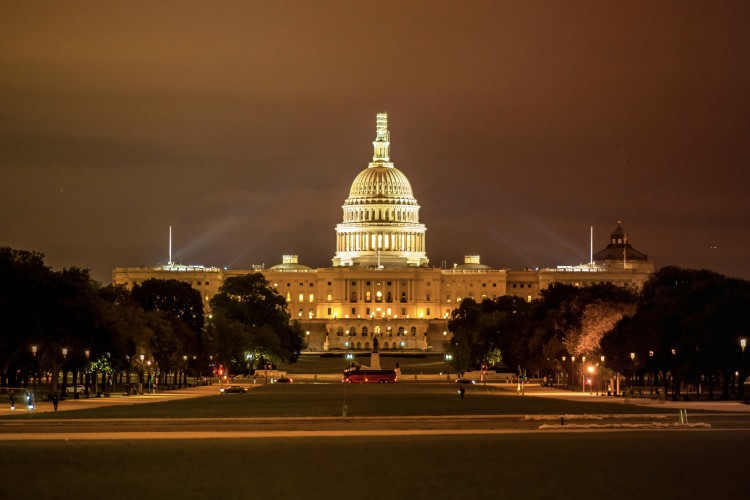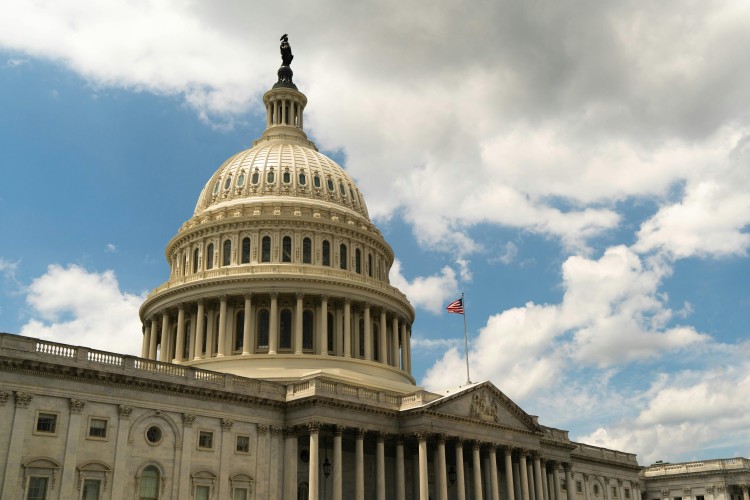Impact of Eviction on Young People

Late in the evening on August 26, the Supreme Court blocked the Center for Disease Control’s (CDC) most recent temporary eviction moratorium in a 6-3 ruling. The CDC had issued the new moratorium in late July after the previous moratorium expired without Congressional action. The Supreme Court cited congressional inaction as a primary factor in blocking the moratorium. In the decision, Chief Justice Roberts writes, “It strains credulity to believe that [existing statute] grants the CDC the sweeping authority that it asserts... It is up to Congress, not the CDC, to decide whether the public interest merits further action here.”
As the Delta variant surges across the country, approximately 89% of the Emergency Rental Assistance provided by Congress has still not yet reached the hands of renters. With the moratorium revoked, more than 212,000 independent young people, ages 18-24, and 1.8 million children are now at-risk of being evicted in the next two months, according to Census Bureau data from mid-August.
Youth Collaboratory, True Colors United, and A Way Home America are dismayed at the Supreme Court’s ruling and call on Congress to immediately return from its August recess to pass an extension of the moratorium. In the interim, we also call on state and local governments to take every local action possible to ensure protections for vulnerable renters. Eviction, and risk of eviction, are traumatic experiences for any person, and millions of people are in jeopardy. Congress must act now.
Youth and young adults who experience eviction face particularly challenging and dangerous circumstances. In many communities, it is difficult for a young person to find landlords willing to rent to someone under age 24. A prior eviction, and the resulting credit damage, will only exacerbate a youth’s difficulty in finding units available for rent. Youth and young people who experience eviction and subsequent homelessness are also at much greater risk for exploitation by traffickers. According to a survey conducted by Polaris, 64% of survivor respondents reported being homeless or experiencing unstable housing when they were recruited into their situation. Furthermore, more than half of all victims are under age 24 when they are first trafficked. Eviction also impacts youths’ ability to maintain employment, attend school, and receive healthcare. In addition, young people disproportionately work in jobs that have been negatively affected by COVID-19; as of June 2021, youth and young adult unemployment is still 80% higher than unemployment for adults age 25 and older.
For young people, the cascade of negative consequences due to eviction extends well beyond the loss of housing and can impact their lives for years or decades to come. During an ongoing deadly global pandemic and resulting economic downturn, it is incumbent upon the government to protect low-income renters from eviction.
HOW TO FIND EMERGENCY RENTAL ASSISTANCE
Are you or someone you know in need of rental assistance? The US Treasury Department has compiled a listing of Emergency Rental Assistance (ERA) programs to help tenants and landlords find rental assistance programs in their local areas.
Renters and landlords can also find out what emergency rental assistance covers, how it works, and who’s eligible on the interagency housing portal hosted by the Consumer Financial Protection Bureau (CFPB).


